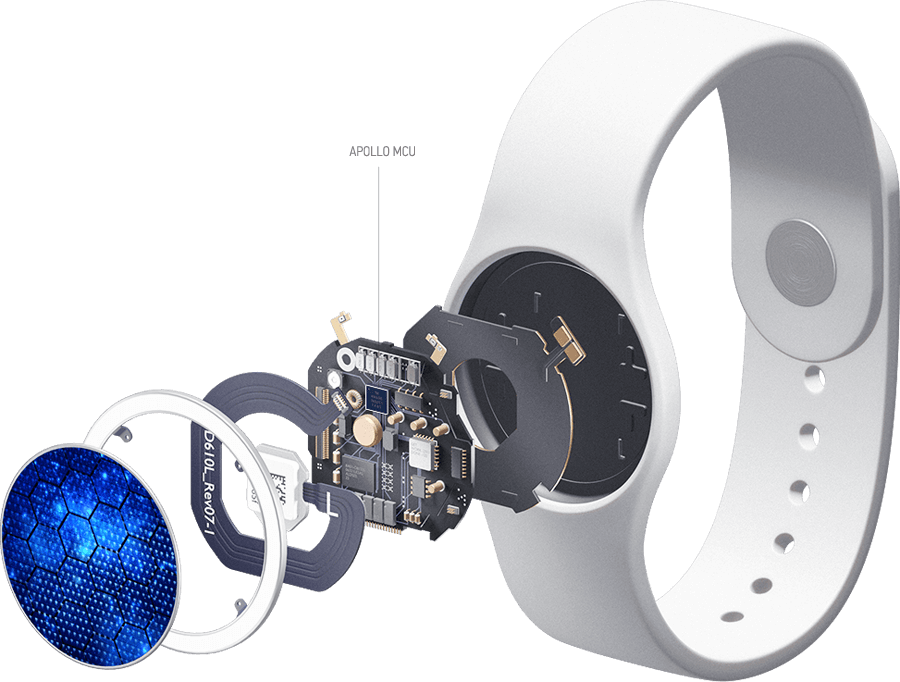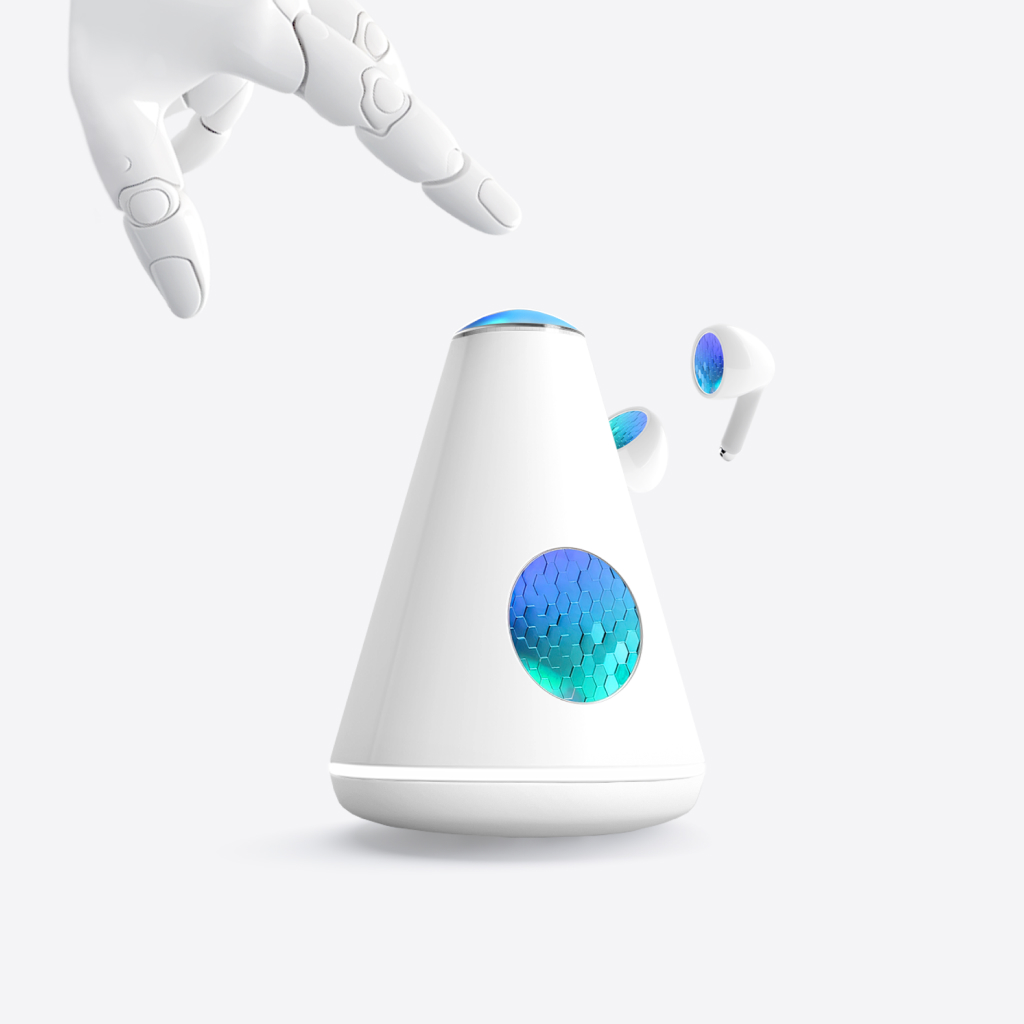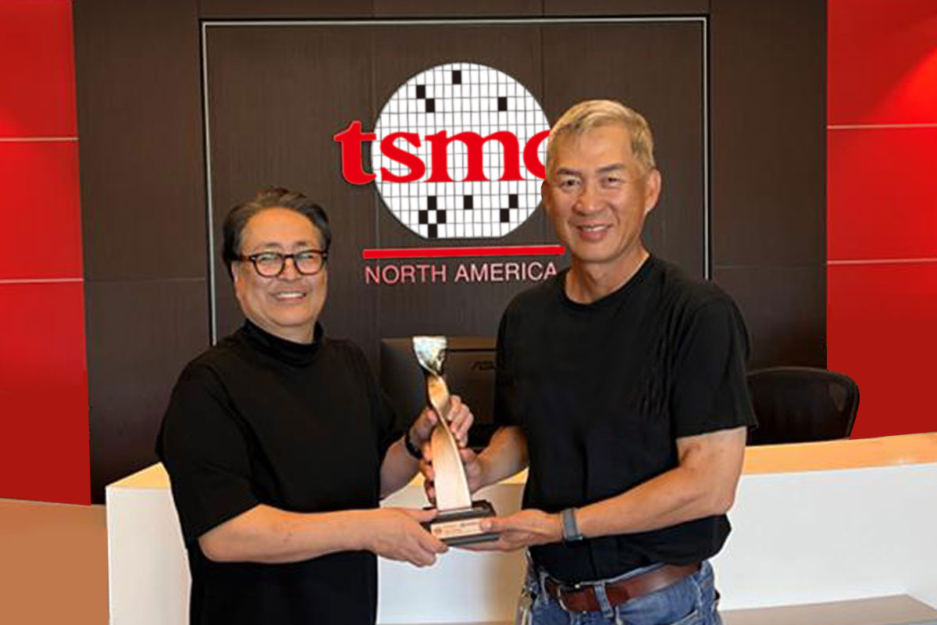5 Simple Techniques For apollo3
Wiki Article

The S-IVB also ongoing to thrust at a lower degree by venting gaseous hydrogen, to maintain propellants settled of their tanks and stop gaseous cavities from forming in propellant feed strains. This venting also maintained Risk-free pressures as liquid hydrogen boiled off in the gas tank. This venting thrust quickly exceeded aerodynamic drag.[citation required]
On arrival within the Vertical Assembly Setting up, Each individual stage was inspected in a very horizontal situation before becoming oriented vertically. NASA also made massive spool-shaped constructions that would be made use of rather than stages if a particular stage was delayed.
Apollo four to the launch pad Apollo four was the primary flight of a Saturn V. At enough time, it was the most important start car or truck to ever attempt a flight.[34] This mission was The 1st time NASA employed "all-up" testing, demanding that every stage with the launch auto operate and that the car or truck carry a Doing the job spacecraft; a choice that goes back to late 1963.[35] Mueller, The top of the NASA Office of Manned Room Flight at that time, was a programs engineer who previously worked on armed service missile jobs. He experienced acknowledged that every one-up tests was efficiently used to swiftly produce the Air Drive's Minuteman ICBM system, and assumed it could be accustomed to fulfill Apollo's routine.[36] In a very 1963 memo he ordered that the two the main Saturn IB flight and the initial Saturn V flight be uncrewed, that every phase be totally useful, and that every carry a Functioning spacecraft.
[157] Inside a 2010 interview, Armstrong described that NASA restricted the initial moonwalk's time and distance since there was no empirical evidence of the amount cooling h2o the astronauts' PLSS backpacks would take in to manage their physique heat technology while focusing on the Moon.[162] Lunar ascent
For the initial two uncrewed launches, eight stable-gas ullage motors ignited for four seconds to speed up the S-II stage, accompanied by the ignition on the five J-two engines. For the 1st seven crewed Apollo missions only 4 ullage motors have been utilized over the S-II, plus they had been removed for the final 4 launches. About 30 seconds just after initially stage separation, the interstage ring dropped from the 2nd stage.
It took about twelve seconds for your rocket to crystal clear the tower. In the course of this time, it yawed one.twenty five degrees from the tower to be sure adequate clearance Irrespective of adverse winds; this yaw, Though compact, could be viewed in launch images taken within the east or west.
We wish to give Distinctive because of all Those people Individuals who crafted the spacecraft; who did the construction, layout, the checks, and put their hearts and all their talents into Those people craft. To those people tonight, we give a Exclusive thank you, and to every one of the Other individuals which can be listening and seeing tonight, God bless you. Good night from Apollo 11.[177]
“We're very pleased to just accept this award from IoT Breakthrough for our SoCs’ breakthrough overall performance and contribution on the semiconductor industry.”
9, 1967, paving the best way for long run missions that attained President John File. Kennedy’s aim of “landing a man to the Moon and returning him safely and securely towards the Earth” ahead of the end with the 10 years.
The motor shutdown course of action was changed for your launch of Skylab to stop harm to the Apollo Telescope Mount. As opposed to shutting down all 4 outboard engines directly, they were being shut down two at a time having a delay to scale back peak acceleration even further.[nine] S-II sequence[edit]
This task authorized iWOW to carry its deep wi-fi item growth encounter and skills to add to Singapore's COVID-19 Speak to tracing endeavours. We worth the assist specified by Ambiq and Excelpoint, and acknowledge the results introduced about by this partnership. We're assured Digital keys of further collaborations in time to return."
The Eagle has landed.” Mission Command erupts in celebration as The strain breaks, plus a controller tells the crew “You got a bunch of fellas going to change blue, we’re breathing all over again.” (› Enjoy Audio)
Ambiq’s mission is always to develop the bottom-power semiconductor alternatives that allow clever devices almost everywhere to drive a healthier, cleaner, plus much more productive earth.
If an internal link led you here, you might desire to change the hyperlink to level straight to the supposed posting.

Get Smart. Use Less Energy.
Ultra-low power SoCs for IoT endpoint devices
that demand complex operations
and longer battery life.
✍ Ambiq® is committed to further improve the quality of life by enabling the intelligence of endpoints while further reducing carbon footprints. Ambiq – your partner in endpoint intelligence.
✯✯✯Based in Austin, San Jose, Hsinchu, Shenzhen, and Shanghai, our leadership and management teams consist of advocates, builders, enthusiasts, entrepreneurs, explorers, incubators, inventors, pioneers, protectors, thinkers, and visionaries. With a diverse spectrum of experiences and skillset, we came together and united with one goal to enable the true Internet of Things where the battery-powered endpoint devices can truly be connected intuitively and intelligently 24/7.
Ambiq Wins the Demo of the Year Award at 2023 TSMC Technology Symposium
September 7, 2023, Austin, TX – Ambiq®, a leading developer of ultra-low-power semiconductor solutions that deliver a multifold increase in energy efficiency, was awarded the Demo of the Year Award by TSMC as a participant of the Innovation Zone at the 2023 TSMC North America Technology Symposium.
Ambiq Wins the Demo of the Year Award at 2023 TSMC Technology Symposium
During the April event, Ambiq showcased various product design wins using TSMC’s 22nm technology in wearables, digital health, smart home, Industrial IoT, pet trackers, and retail segments, with industry-leading energy efficiency. Ambiq also featured two live demos emphasizing its leadership in enabling endpoint AI with its HeartKit™ for remote patient monitoring and its graphics display capabilities for a vivid user interface.

TSMC pioneered the pure-play semiconductor foundry business model when it was founded in 1987, helping startup companies accelerate their innovations by providing access to the industry’s leading process technologies and manufacturing capacity. Since 2021, TSMC has expanded that mission with an Innovation Zone at its worldwide Technology Symposiums, highlighting how TSMC partners with startup companies to enable cutting-edge products from various applications, including high-performance computing, communication, automotive, IoT, and consumer segments.
“We’re grateful to TSMC and our booth visitors for allowing us to share our energy-efficient technology and processor solutions with them,” said Ambiq’s CEO, Fumihide Esaka. “We’re moving towards an exciting frontier of AI becoming more engrained with our daily lives. With that vision on the horizon, we will continue to develop innovative and first-of-its-kind ultra-low-powered solutions that keep innovation and sustainability in mind.

Ambiq’s mission is to develop the lowest-power semiconductor solutions to enable intelligent devices everywhere by developing the lowest-power semiconductor solutions to drive a more energy-efficient, sustainable, and data-driven world. Ambiq has helped leading manufacturers worldwide develop products that last weeks on a single charge (rather than days), while delivering a maximum feature set in compact industrial designs. Ambiq’s goal is to take Artificial Intelligence (AI) where it has never gone before in mobile and portable devices, using Ambiq’s advanced ultra-low power system on chip (SoC) solutions. Ambiq has shipped more than 200 million units as of March 2023.
Ambiq Designs Low-Power for Next Gen Endpoint Devices
Ambiq’s VP of Architecture and Product Planning, Dan Cermak, joins the ipXchange team at CES to discuss how manufacturers can improve their products with ultra-low power. As technology becomes more sophisticated, energy consumption continues to grow. Here Dan outlines how Ambiq stays ahead of the curve by planning for energy requirements 5 years in advance.
Ambiq Highlights From Embedded World 2024
Facebook | Linkedin | Twitter | YouTube